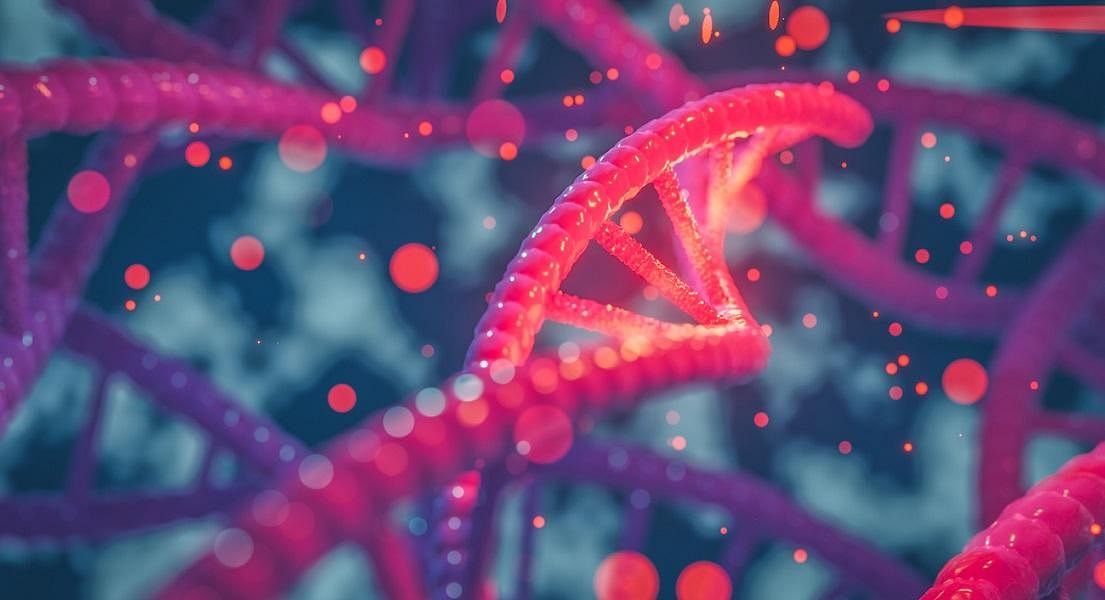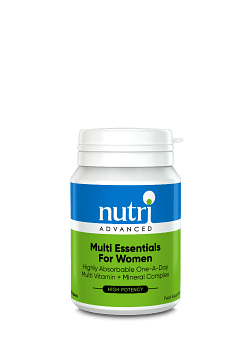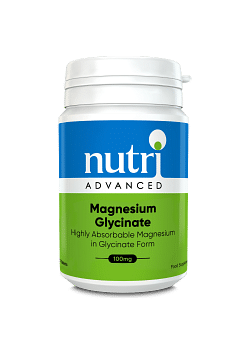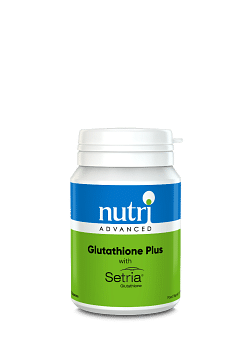How Does COMT Impact Female Hormonal Health?
Why you can trust Nutri Advanced Every article on our site is researched thoroughly by our team of highly qualified nutritionists. Find out more about our editorial process.
Interest in nutrigenomics – the scientific study of the interaction between nutrition and our genes - has increased significantly in the last 10 years or so and has become an important consideration for healthcare practitioners. It’s a vast, fascinating and complex area, with new research and insights continuing to breakthrough at accelerated pace. Some genes are more in the spotlight than others, and this is certainly true of COMT – widely regarded as a particularly important and impactful gene, especially when it comes to stress and female hormones.
In this article we take a closer look at the COMT gene, and more specifically, shine a spotlight on how variants may potentially impact the way oestrogen is processed in the body. A must read for anyone interested in female hormonal health.
What is COMT?
The COMT gene codes for an enzyme called catechol-O-methyltransferase. This enzyme is involved in the metabolism of catecholamines (dopamine, adrenaline and noradrenaline), catechol oestrogens and some flavonoids too, such as catechins found in green tea. As the ‘methyltransferase’ part of the enzyme name suggests, this metabolic step involves methylation.
COMT & Oestrogen
When oestrogens have been used they must be transformed so they can be safely eliminated. One particularly important step in this process involves the catechol-O-methyltransferase enzyme (COMT). COMT catalyses the methylation of catechol oestrogens (2-OHE2, 4-OHE2, 2-OHE1, and 4-OHE1) to methoxy oestrogens. In simplified terms this means that a methyl group is added, which then helps oestrogens to be safely eliminated through urine and bile. As you can see, the COMT enzyme is an essential part of this process. If oestrogens are not effectively metabolised and made safe via this pathway, there is an increased risk of harmful free radicals called 3, 4 semi quinones being formed instead, which can cause DNA damage. The saviour at this point in the process is the master antioxidant glutathione which can help to remove these harmful 3, 4 semi quinone compounds before they cause damage.
COMT Variants
COMT gene variants or polymorphisms are relatively common, and have the potential to impact how the enzyme works. The normal or ‘wild type’ is associated with relatively fast COMT enzyme activity and an increased ability to metabolise catechols (catecholamines, catechol oestrogens & catechol flavonoids). However, there are COMT gene variations which are associated with slower enzyme activity and a lowered ability to metabolise catechols. Interestingly, a compound found in berries called ellagic acid has been found to stimulate activity of the COMT enzyme. It is important to note that relatively ‘fast’ or ‘slow’ COMT activity is not necessarily ‘good’ or ‘bad’ – the potential impact for any individual is entirely dependent on the context, including factors such as how much substrate (e.g. oestrogens) is present in the first place.
Oestrogen balance
The balance of oestrogens in the body is an important consideration for female (and male) health. For some, oestrogen levels may be elevated relative to progesterone and this is becoming increasingly common, in part due to the high levels of environmental oestrogens we are exposed to in our everyday lives. Add a ‘slow’ COMT into this picture and you can quickly see how there may be increased potential for production of harmful compounds that can damage DNA.
The COMT enzyme also metabolises stress hormones adrenaline and noradrenaline. When stress levels are high, and especially when stress is chronic, you can see how this pathway may be under further pressure, even before you consider whether you have a ‘fast’ or ‘slow’ COMT. Yet another reason why chronic stress is so important to work on for anyone struggling with female hormone imbalances. Magnesium is an important co-factor for the COMT enzyme; no wonder then that this mineral can be helpful for supporting both female hormone balance and a balanced stress response.
Key diet and lifestyle factors to consider for COMT:
• Environmental oestrogens
• Chronic stress
• Methylation
• Magnesium
• Ellagic acid (berries)
• Glutathione
So what can you do?
Knowledge is power. Understanding where the COMT enzyme fits within the bigger picture of female hormonal health and how genetic variants have the potential to impact its function is vital as a first step. Genetic testing can help to evaluate whether there is a tendency towards ‘fast’ or ‘slow’ COMT. And functional urine testing can give an accurate picture of how oestrogen is being processed at that point in time. It’s then important to widen the lens, look at the bigger picture and consider this in the context of each individual. There is no one size fits all approach, and diet and lifestyle recommendations will be unique to each individual depending on their current picture. That’s the beauty of a functional medicine approach. When you take a step back to look at how all systems are interconnected, rather than focusing on just one factor in isolation – it enables a truly personalised approach.
This website and its content is copyright of Nutri Advanced ©. All rights reserved. See our terms & conditions for more detail.
Nutri Advanced has a thorough research process and for any references included, each source is scrutinised beforehand. We aim to use the highest value source where possible, referencing peer-reviewed journals and official guidelines in the first instance before alternatives. You can learn more about how we ensure our content is accurate at time of publication on our editorial policy.
Most Popular Articles
-
7 Surprising Ways To Support Your Magnesium
If you are displaying signs of a magnesium deficiency, here are 7 ways to boost your magnesium levels that are easy to incorporate into your daily life. -
5 Best Vitamin C Supplements Picked By Our Experts
Learn more about the different types of vitamin C, the different benefits you get from different types, and what you get for spending more on a good supplement. -
Top 5 Vitamins For Energy And Tiredness Picked By Our Experts
The 5 best and most important vitamins for energy & tiredness including B vitamin food sources & best supplement forms for energy. -
Benefits of Myo-Inositol for Polycystic Ovary Syndrome (PCOS)
In this research review article, we take a closer look at a lesser-known natural compound called myo-inositol that has been found to have significant potential to improve many of the prevalent features of PCOS. -
Top 10 Reasons to Give Your Kids Omega-3
Read the top 10 reasons that kids should have plenty of Omega-3- an essential fatty acid- including for depression, brain function, sleep & reading/maths skills.













